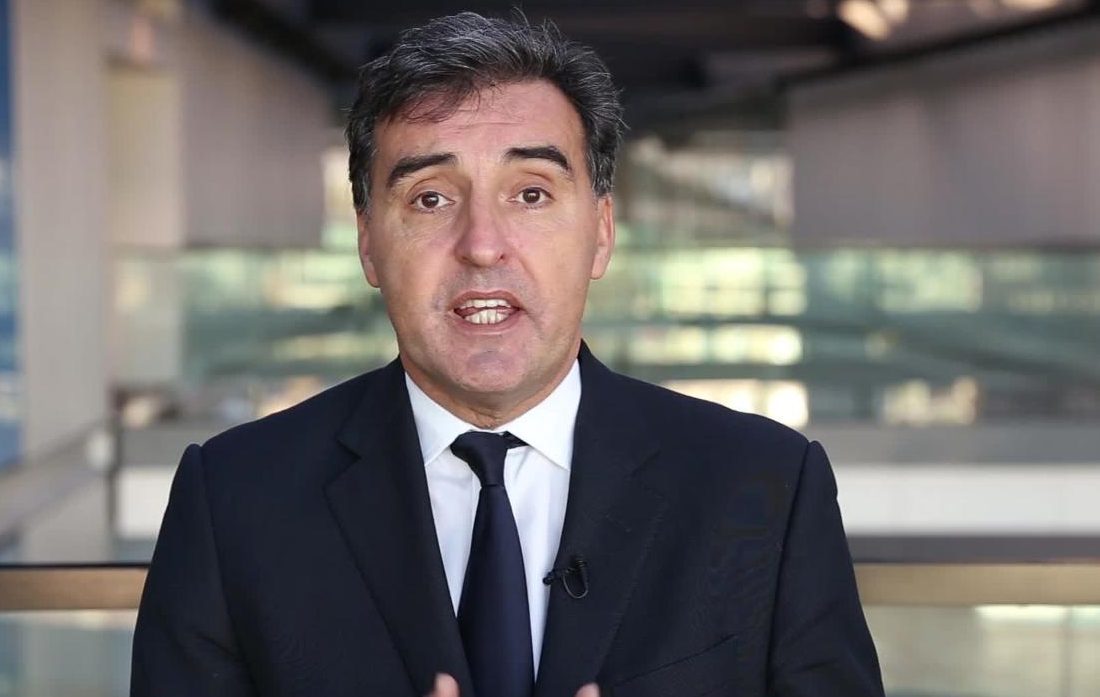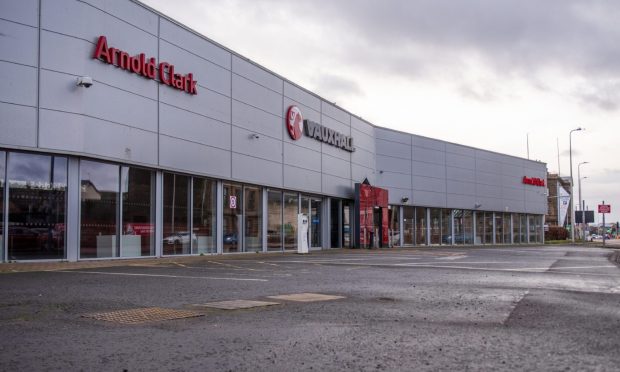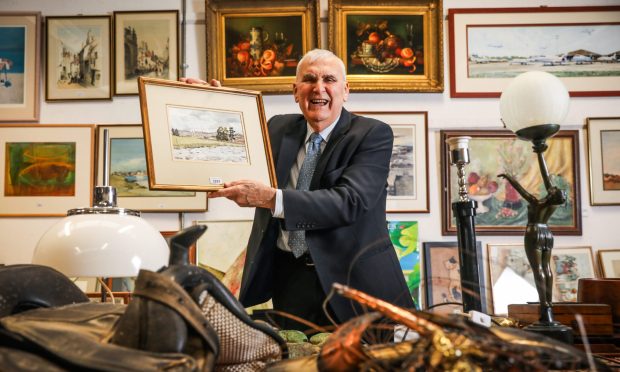Scotland’s economy is expected to deliver below par growth in 2017 as previously buoyant consumer spending fades and businesses remain reluctant to invest, according to the Ernst & Young (EY) Scottish ITEM Club 2017 summer update.
The Scottish economy faces a challenging year in 2017 with growth predicted to reach 0.9% – half of the expected growth for the UK for the same period.
Mounting pressure on consumers will impact the retail sector most with spending growth expected to slow to 1.1% in 2017 from 2.4% 2016.
However, the report says that there is a bright spot for manufacturing with output in 2017 predicted to grow in line with the total economy for the first time since 2013.
All manufacturing subsectors are expected to grow as weaker sterling and a pick-up in global demand ultimately provide a boost to exports.
Employment in Scotland is forecast to continue to fall by 0.1% this year, followed by further decreases of 0.5% and 0.3% in 2018 and 2019 respectively.
Mark Gregory, EY’s Chief Economist, UK and Ireland, said: “Scotland’s economy is showing signs of slowing faster than the rest of the UK which sends a clear message that business and government will have to work harder and smarter to achieve sustained growth.
“The economy has to rebalance and shift away from a reliance on public funded major infrastructure projects. Sector diversification is also required to help move away from an over reliance on the oil and gas, construction and financial services sectors.”
Slowed
The ITEM Club (Independent Treasury Economic Model) – the only economic forecasting group to use the HM Treasury’s model of the UK economy – says that despite a strong start to 2016, the activity of Scotland’s large retail sector has slowed and most recent sales figures show a decline since the middle of the year.
Scottish retail sales in the first quarter of 2017 were just 0.2% higher than a year earlier while the comparable UK figure saw a 2.1% increase.
At the same time the report says that with the household savings ratio reaching a record low of 2.6% in the last quarter of 2016, leaving it below the already low rate of 3.3% in the UK, Scottish households have little scope to fund an increase in consumer spending.
Dougie Adams, senior economic advisor to the EY Scottish ITEM Club said: “Consumer spending, which last year proved surprisingly resilient and helped buoy the economy, is fading. A weak labour market and rising inflation is putting further pressure on incomes and recent research reveals that households expect worsening economic conditions. All of this means consumers are likely to be more cautious.”










